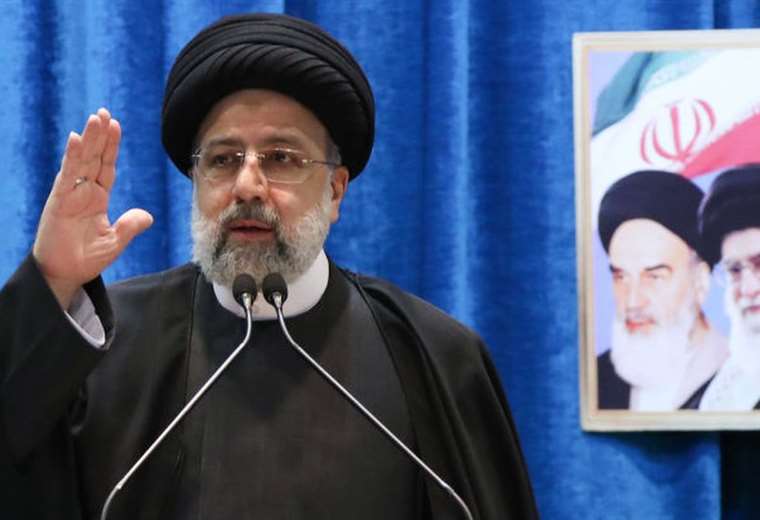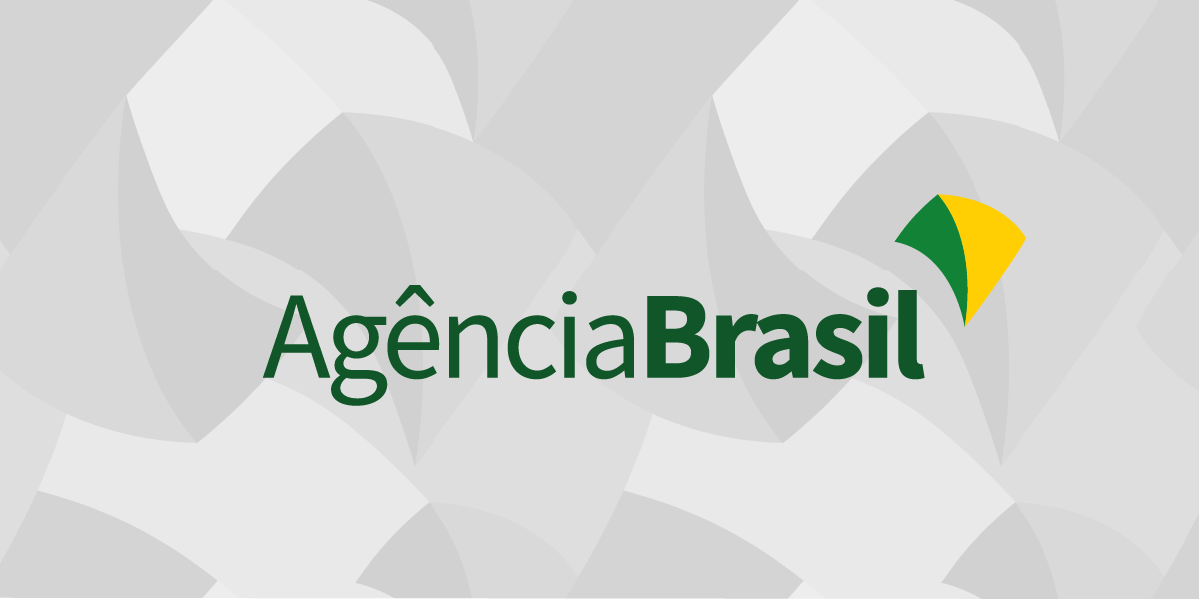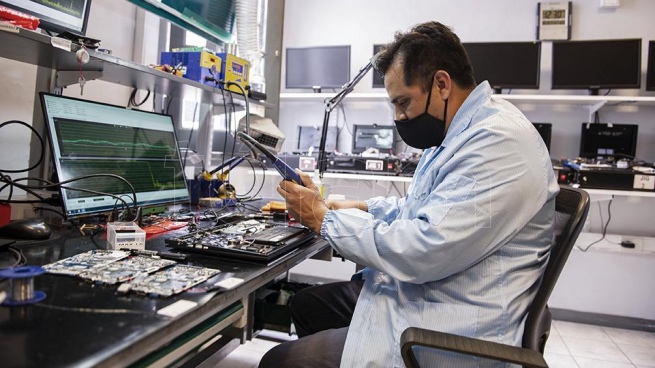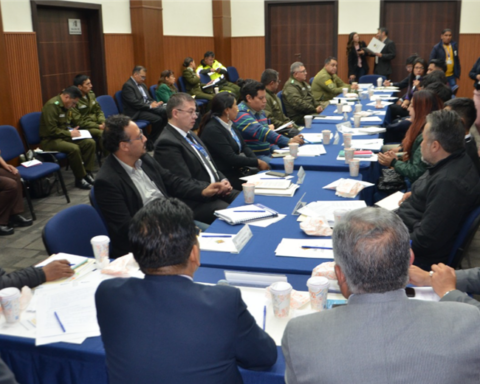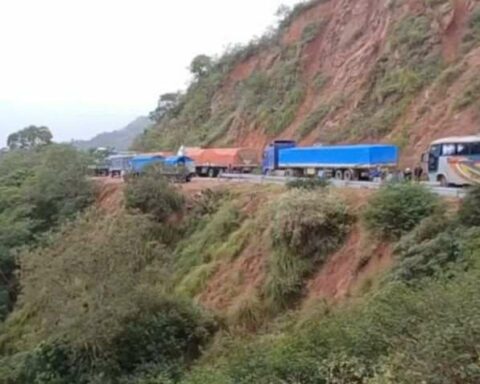October 11, 2022, 7:38 AM
October 11, 2022, 7:38 AM
The death of a young woman detained by the Iranian security forces has triggered a wave of protests that have been violently suppressed by the authorities and placed the country in the international spotlight.
Mahsa Amini, 22, was arrested for not properly covering her hair with her hijab (headscarf). And she subsequently she died; she according to the Iranian authorities because of a heart attack, but her family says that she was killed in police custody.
The events occurred in mid-September and some 150 people have since been killed in the demonstrations, human rights groups say.
The events also reopened the debate about who has the last word in the oil nation. Given this, we analyze the hierarchy of the Iranian government.
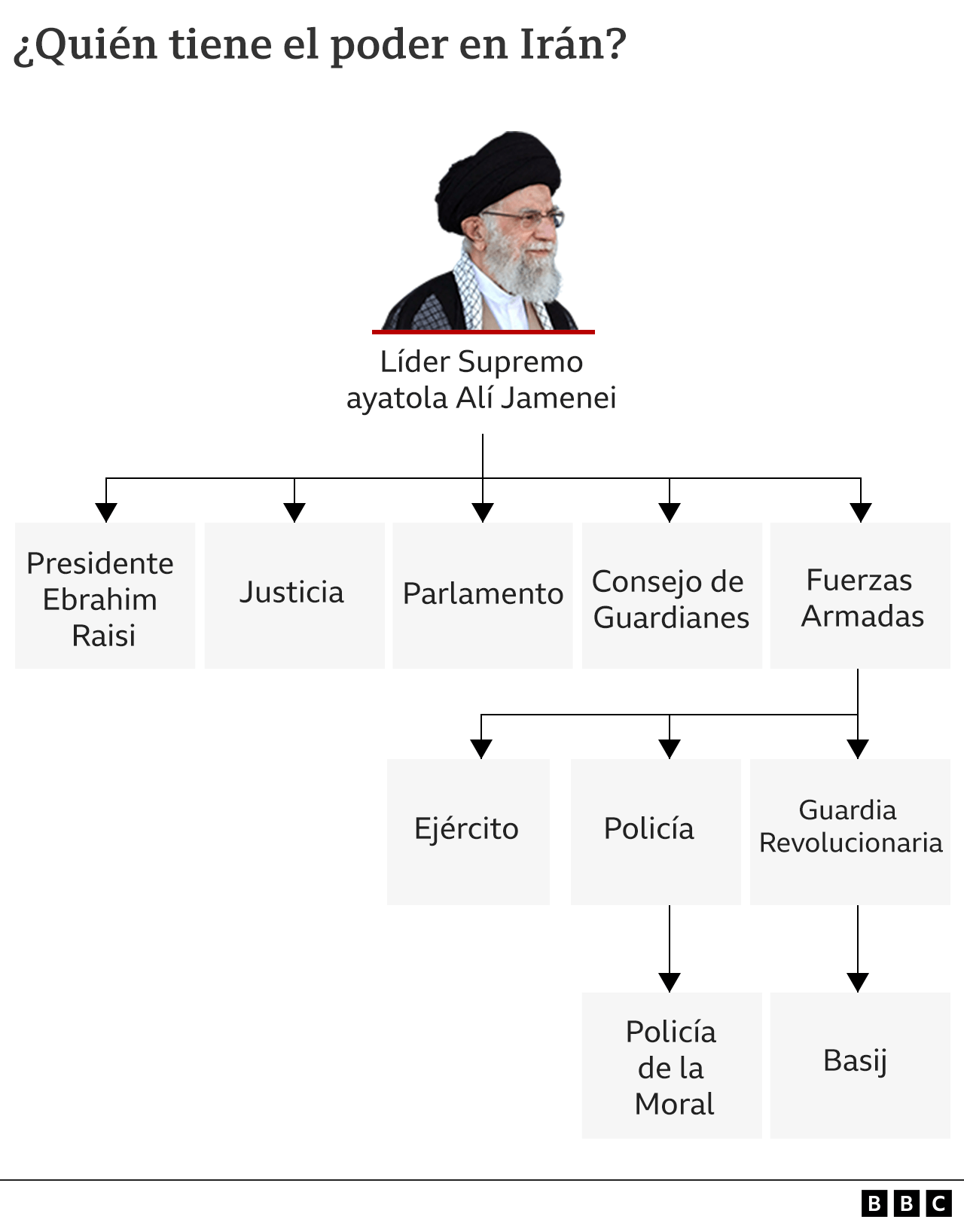
What are the powers of the Supreme Leader?
The most powerful figure in Iran is Ayatollah Ali Khamenei, the country’s supreme leader since 1989.
Khamenei is the head of state Y Commander-in-Chief of the Forces Armed. He has authority over the National Police and the Moral Police, whose agents arrested Amini.
The Ayatollah also controls the Islamic Revolutionary Guard Corps (IRGC), in charge of the country’s internal security, and its volunteer wing, the Basij Resistance Force. The Basij have repeatedly suppressed dissent in Iran.
He is the person who has the most decision-making power over how to deal with the protests.
What role does the president play?
The president of the Islamic Republic of Iran is Ebrahim Raisi, who is the elected chief executive officer and the second in rank after the supreme leader.
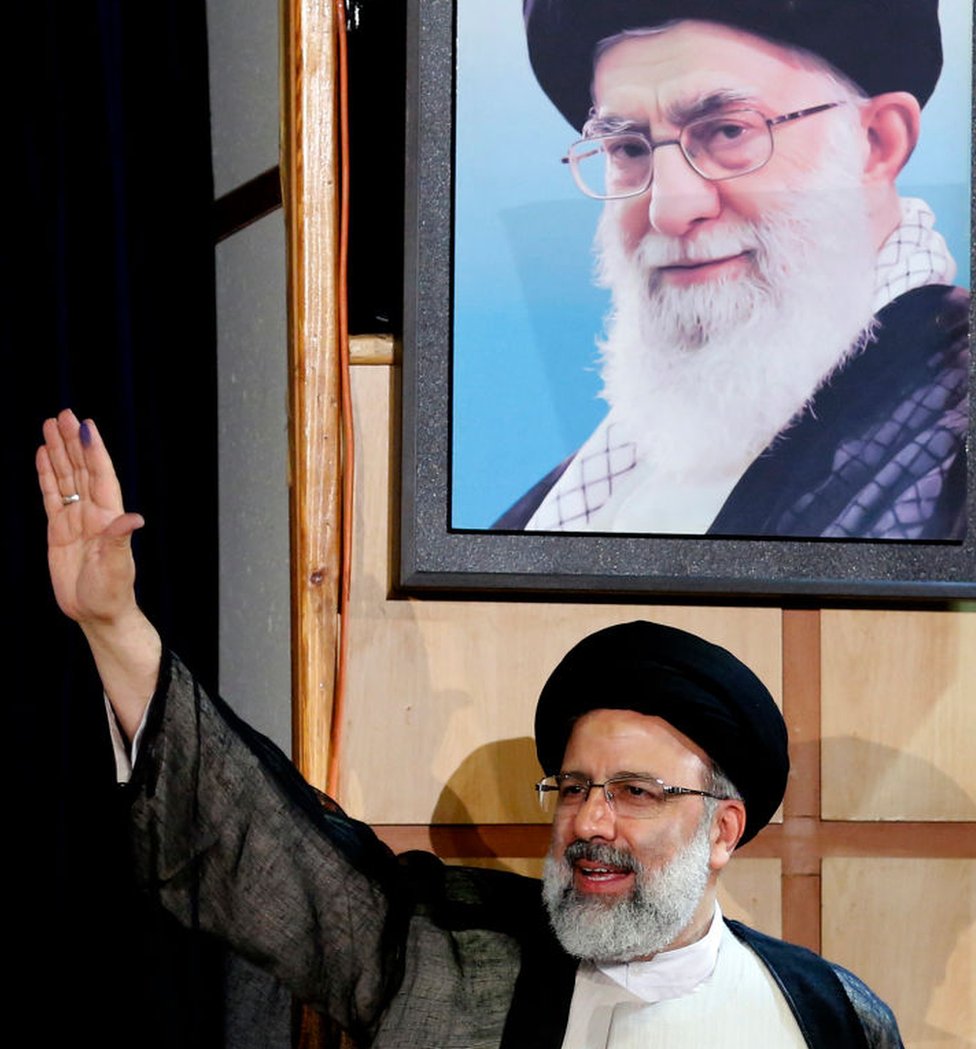
Raisi is responsible for the day-to-day running of the government and has great influence on domestic politics and foreign affairs.
However, his powers are relatively limited, especially on safety matter.
The interior ministry, under the control of the president, formally heads the national police force, which has suppressed the protests. However, its commander was appointed by the supreme leader and answers directly to him.
The same goes for the commander of the Revolutionary Guard Corps and the Basij.
If the supreme leader wants to end the protests by force, the president has no choice but to fold to the.
The powers of the president can also be controlled by Parliament, the body responsible for enacting laws. In turn, the Guardian Council – which includes close allies of the supreme leader – has the power to approve new laws and veto them.
What is the Moral Police?
The morality police -or Orientation Patrols- are part of the National Police.
This branch of the security agency was created in 2005 to uphold Islamic morality and “proper” clothing laws, which were introduced after the 1979 Islamic Revolution.
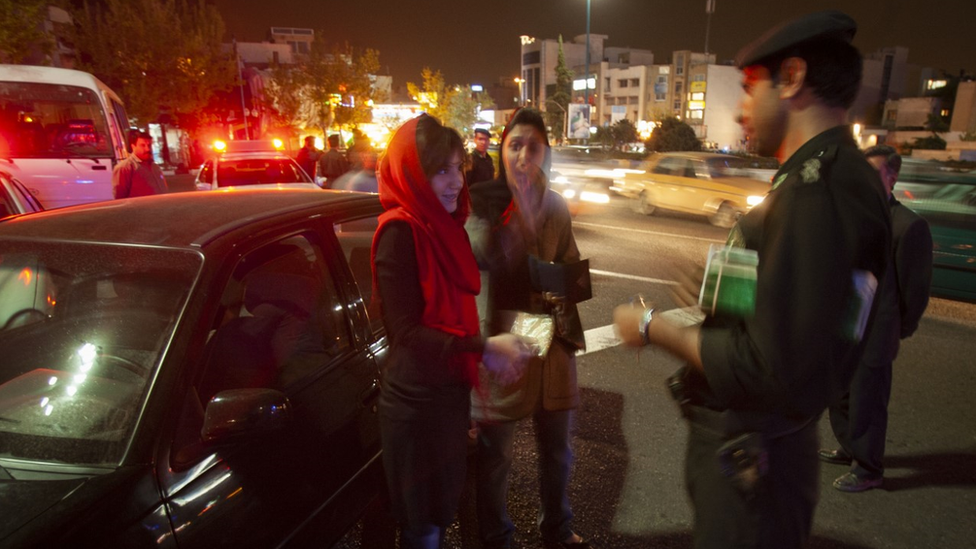
It is estimated that he has 7,000 agentsmen and women, who have the power to issue warnings, impose fines or arrest suspects.
President Raisi, a political hard lineintroduced several new measures this summer to enforce rules on wearing the hijab.
The measures include the introduction of surveillance cameras to help detect unveiled women, and a mandatory prison sentence was passed for people who oppose headscarf rules on social media.
Who are the Revolutionary Guards?
The Revolutionary Guard Corps is the main Iranian organization for maintaining internal security and was created after the revolution to defend the country’s Islamic system.
The Guard is now a major military, political and economic force in Iran, with more than 150,000 troops. It has its own ground, naval and air forces, and oversees Iran’s strategic weaponry.
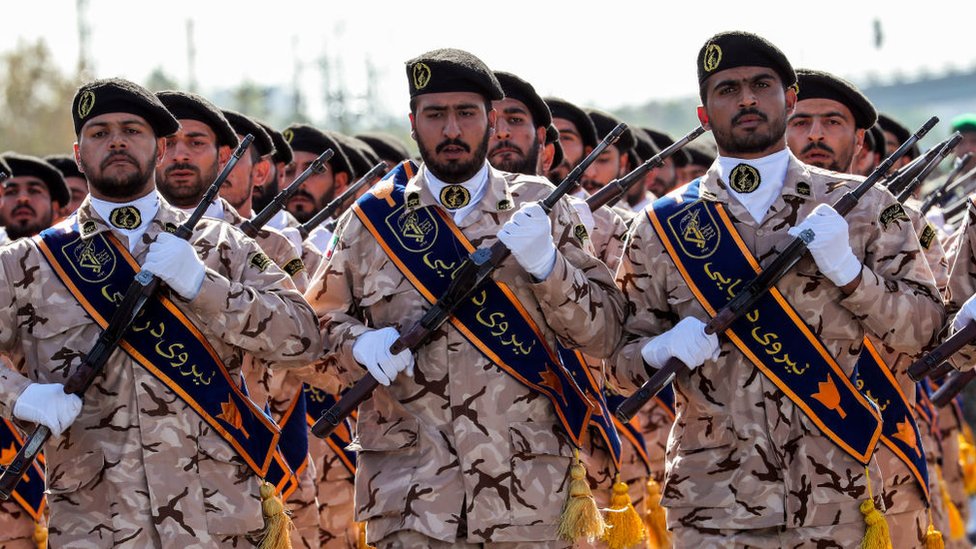
It has an overseas arm called the Quds Force, which secretly provides money, weapons, technology, and training to its allies throughout the Middle East.
It also controls the Basij Resistance Force.
What is Basij?
The Basij Resistance Force, formally known as the Organization for the Mobilization of the Oppressed, was formed in 1979 as a volunteer paramilitary organization.
has branches in all provinces and cities of Iran, and in many of the country’s official institutions.
Its male and female members, called “basijis”, are loyal to the revolution and are under the orders of the Guard.
This organization is believed to have some 100,000 members who perform internal security tasks.
The “Basijis” have been heavily involved in suppressing anti-government protests since the disputed 2009 presidential election.
Remember that you can receive notifications from BBC Mundo. Download the new version of our app and activate it so you don’t miss out on our best content.

